The Hidden Needs of Vulnerable Families in South Orange County
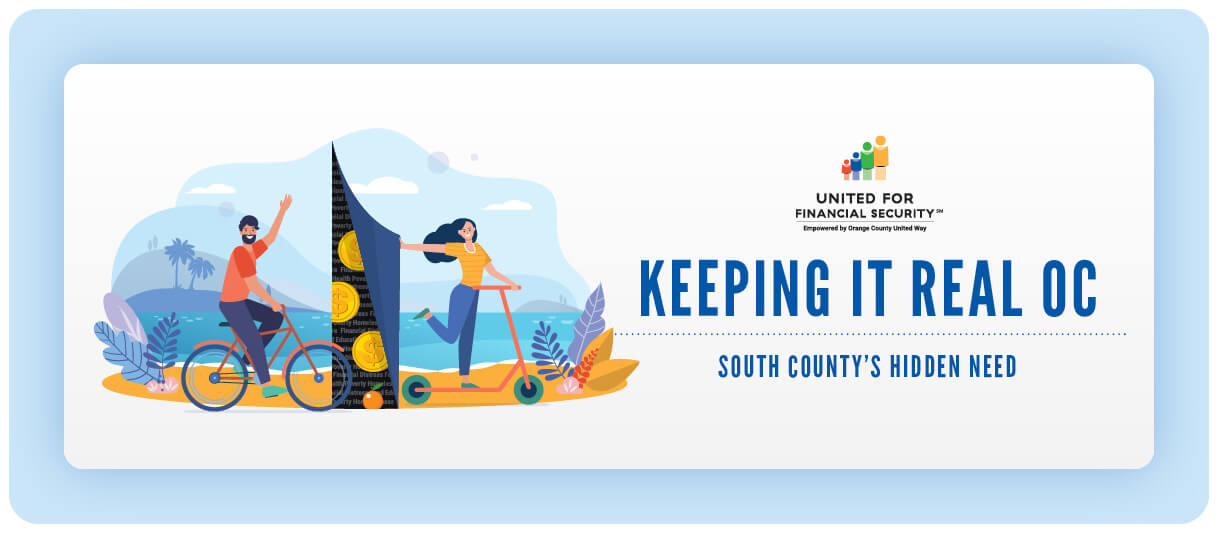
When it comes to South Orange County, the images that come to mind are often expensive restaurants and beautiful beaches. And while affluent areas certainly exist, there are thousands of families who are living below the federal poverty level.
When most people think of South County, they do not think of poverty. People have a perspective that there is great wealth and opportunity here. And there is, but the challenging thing that most people don’t see is that when you’re in that bracket of barely making it, for a variety of reasons, the opportunities tend to diminish. —Eldon Baber, Executive Director, The Raise Foundation
What Are Some Unique Challenges Facing South Orange County?
Service Capacity Shortage in South Orange County:
- It is harder for vulnerable residents to find resources to address their needs because much fewer exist in South County compared to the north or central parts of the county, even though the most recent census showed Irvine has the largest population.1
Orange County’s Health Crisis:
- There is a spike in the mental health crisis among both adults and children.2
- South County has a severe lack of sufficient mental health care resources.3
Transportation Obstacles South Orange County Residents Face:
- A large number of residents cannot afford a car or car repairs and, thus, have to commute.4
- There is a lack of reliable and convenient public transportation, which limits their ability to find or get to work.
Financial Security in South Orange County:
- It costs about $17,000/year for infant childcare.5
- The average income of families who seek assistance is under $28,000/year.6
Housing in South Orange County:
- At 2.2%, the vacancy rate has reached a 22 year low throughout Orange County.7
- Rent is at an all-time high, with the average cost of a one-bedroom at $2,100/month.8
- So, even with a housing voucher, it’s extremely difficult to find affordable housing.
There is an absolute shortage of available apartments [in South Orange County]. For those who are able to work and/or have been matched with a housing voucher, finding an apartment they can afford, that makes sense job-wise, has been hugely challenging. —Paula Neal Reza, Director of Housing Strategies, Family Assistance Ministries
How Do We Address These Challenges?
To start, we have to recognize and accept that we need systematic change. First and foremost, we need to put more focus, energy, and funding into prevention strategies instead of reactionary approaches. Secondly, we must address the lack of systems integration, which makes it extremely difficult to maximize resources and utilize partner agencies.
To accomplish this, we must identify the most vulnerable populations and determine which service providers already exist to address their needs and which services are still needed. Then, we must work together across all sectors—nonprofits, healthcare, education, criminal justice—to minimize duplication of services and maximize the impact of specialization. Not only is this approach more beneficial for those in need, but there are significant economic advantages to investing in prevention strategies.
Historically, government and systems approaches to homelessness have always been downstream as opposed to in the prevention space. As a result of that, we end up with a continuing cycle of homelessness that, I believe, is propelled, in part, by under-education. –Jennifer Friend, Chief Executive Officer, Project Hope Alliance
Did You Know?
- For someone who is chronically homeless, it costs around $100,759 for them to remain unsheltered on our streets (per person per year), but it costs only $51,587 for that same person to be housed in Permanent Supportive Housing (which includes warp-around services and housing).
- Additionally, every student who graduates high school adds $35,000 to Orange County’s economy and saves the county $40,000 in social services. That means, proactively investing in our youth has a $75,000 impact in our community.
What Can I Do to Help?
- Stay informed about the issues facing your community
- Be aware of your own biases and misconceptions
- Get involved with nonprofits, volunteer, and learn how you can do more
- Spread awareness by sharing what you learn with your network
- Demand accountability from elected officials
- Speak up, voice your concerns, and advocate for change at city hall meetings
How Can OC Companies Do More to Address These Issues?
- Research what community needs resonate with your corporate structure and employees. Then find nonprofits that align with those values to sponsor programs and organize employee volunteer opportunities.
- Leverage your network and relationships with vendors to secure in-kind donations. Connect with nonprofits to see what might be useful for the populations they serve (i.e. ride share or grocery gift cards).
- Utilize your intellectual capital. Companies have experts on their teams who specialize in things like data analysis. Many nonprofits can’t afford to hire a specialist so volunteering your services to assist with a project is a great way to support their work.
- Host a workplace campaign and mobilize employees to address our community’s needs.
Orange County has more than enough resources available to address the issues that are presented in a thoughtful, strategic, and dignity-based way. We just all need to get together and integrate our resources to be able to do it. —Jennifer Friend, Chief Executive Officer, Project Hope Alliance
It all comes down to collaboration and a willingness to step up and meet the challenge. We must work together to integrate and share the many resources available in Orange County while holding government officials accountable because, no matter how much we collaborate, if the system itself is not cooperating, it’s much harder to make any progress.
At Orange County United Way, we know firsthand how unifying our community’s energies and resources magnifies our impact. We rely on a powerful ecosystem made up of our dedicated network of local school districts, government agencies, non-profit service providers, corporations, foundations, faith-based organizations and cross-sector Leadership Councils that work alongside passionate volunteers and donors. This ecosystem is effective because we rally together to respond with urgency, action, and innovation. We believe that we all have a role to play in caring for our community and, together, we can make a difference for our neighbors in need. Because that’s The OC Way.
One of Orange County United Way’s efforts to address community needs is our United for Financial Security℠ initiative, which is empowering vulnerable families in Orange County to transition from surviving to thriving. Recently, we expanded our SparkPoint OC financial literacy program into South Orange County to ensure our underserved residents have the support they need to gain financial stability and create self-sufficient lives. Learn more about Orange County United Way’s South County SparkPoint OC program.
We also recognize that understanding our community’s issues is the first step to addressing them effectively. That is why our United for Financial Security initiative offers the Keeping It Real OC quarterly virtual panel, which aims to shed light on the critical needs of Orange County families who are struggling to get by while sharing solutions to encourage the development of financial security for all.
A huge thank you to our panelists:
Michelle Davis, McDermott + Bull Interim Leaders; Eldon Baber, The Raise Foundation; Paula Neal Reza, Family Assistance Ministries; and Jennifer Friend, Project Hope Alliance.
We truly appreciate your insights on this important topic.
Want to Get Involved or Learn More About Our Programs?
If you would like to support our financial stability programs, we encourage you to:
If you or your company would like to get involved with this initiative, please contact Andrew Fahmy at AndrewF@UnitedWayOC.org.
If you would like to watch the event to learn more about South Orange County’s hidden needs, check out the recording below!
Sources:
1, 3, 4: Orange County Equity Map
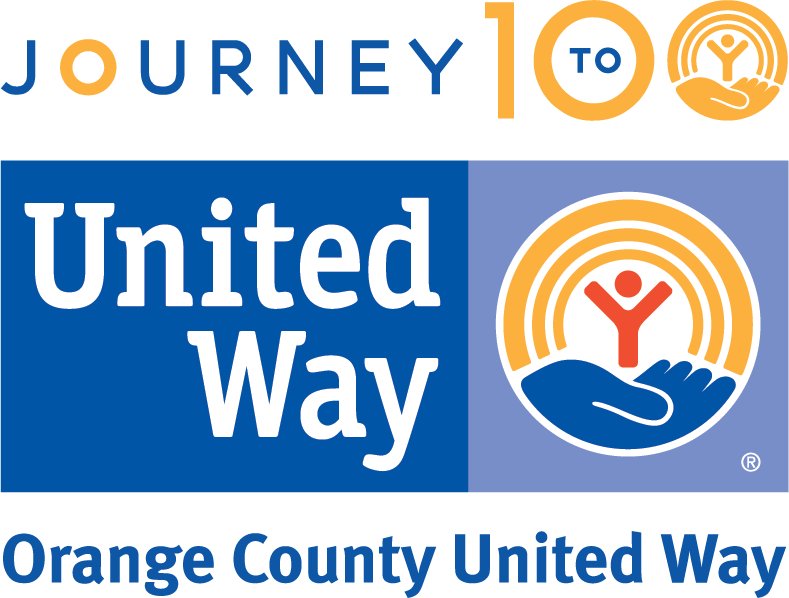

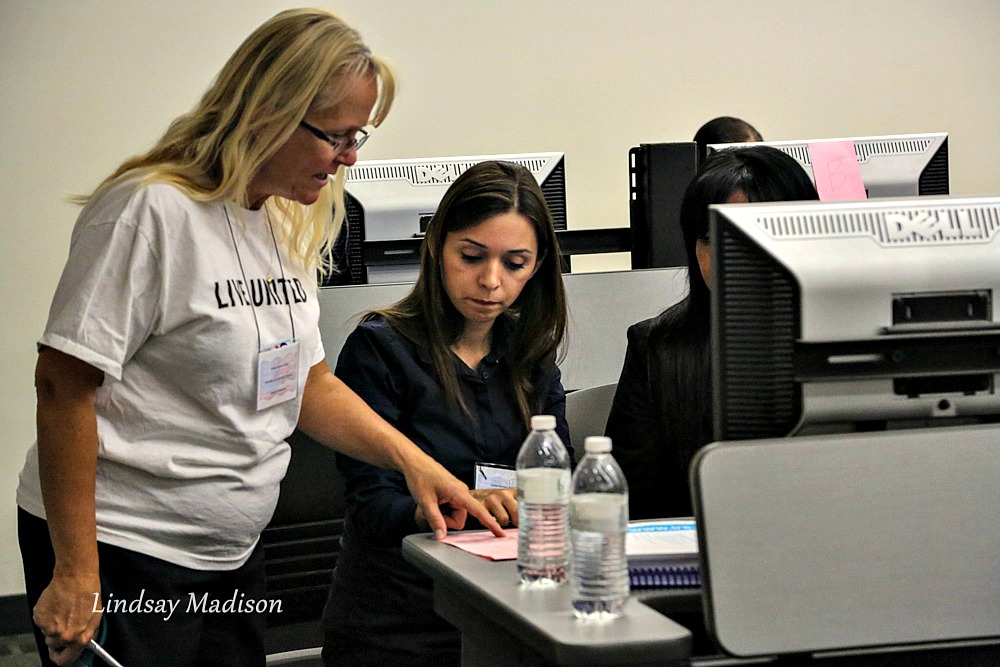
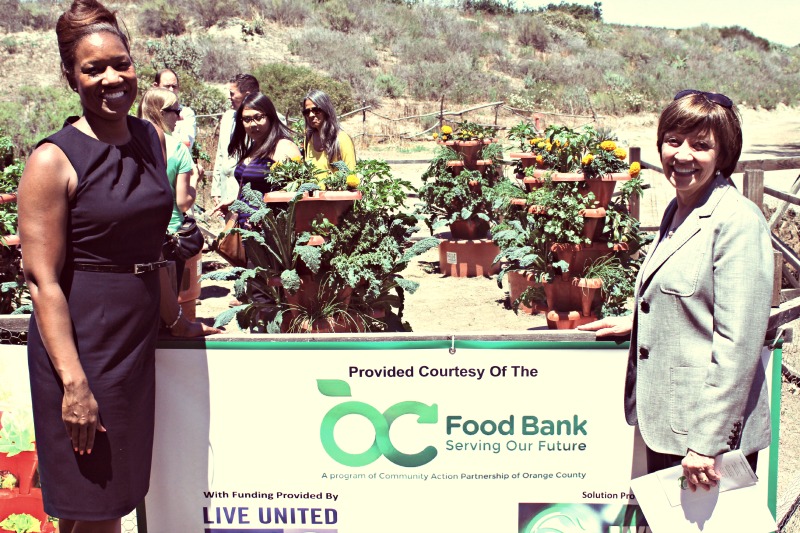
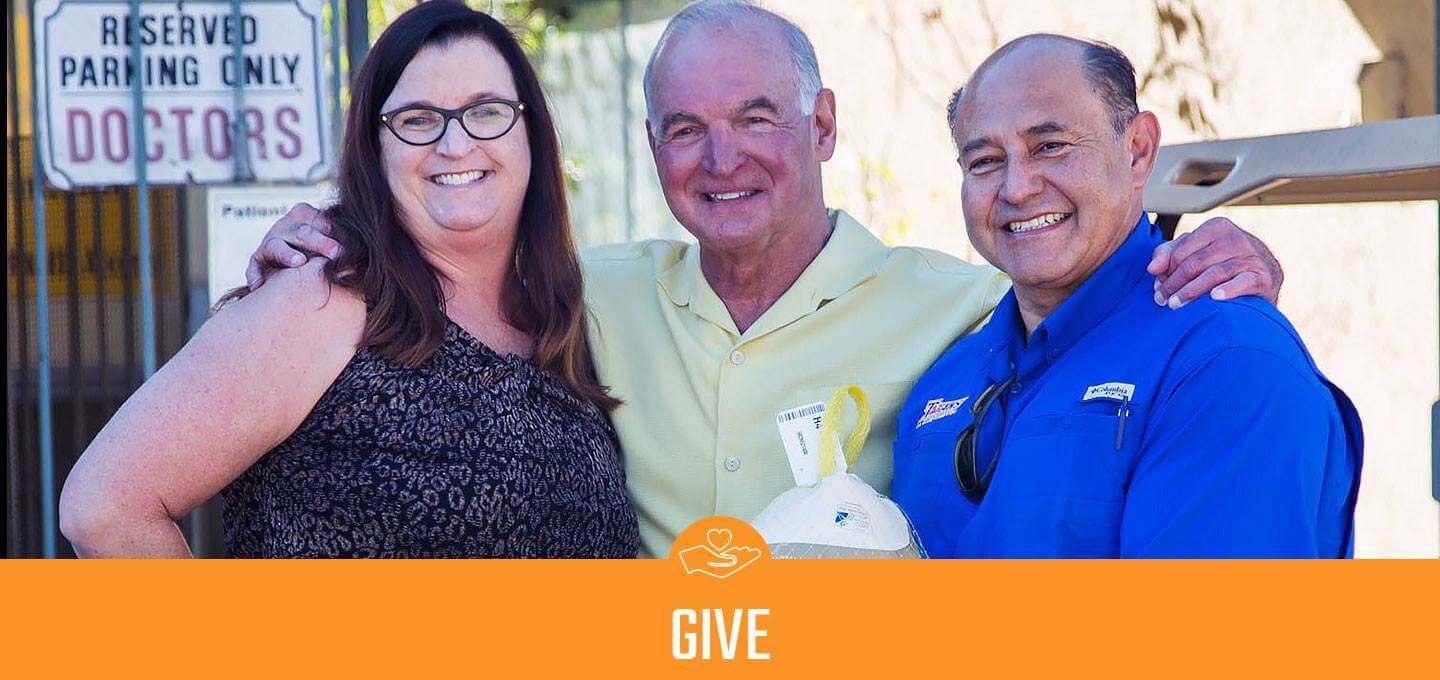



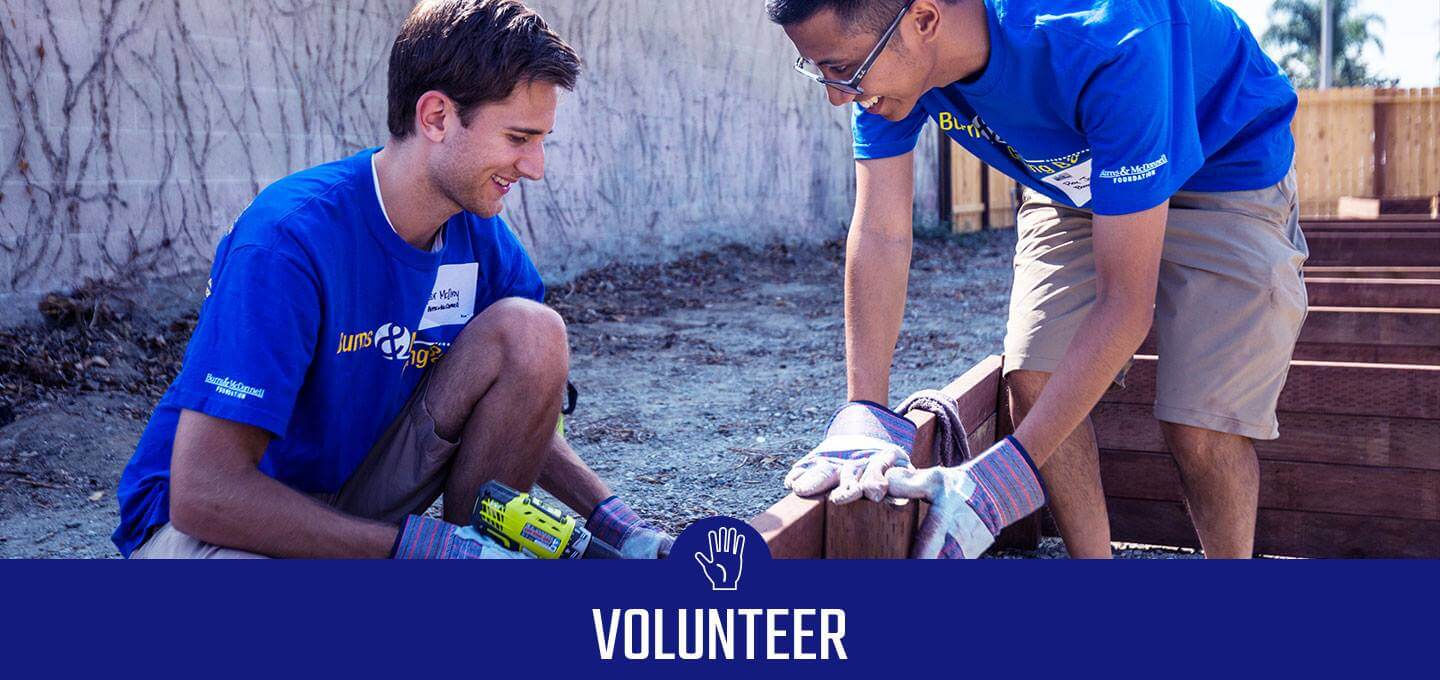

hi there
do you have assistance for school supplies for families in need
thanks
kim
Hi Kim, Thank you for writing to us. In order to offer the best resources to assist you, please call/email your local 2-1-1. They will ask you questions to learn more about your specific situation so you can get the right resources.